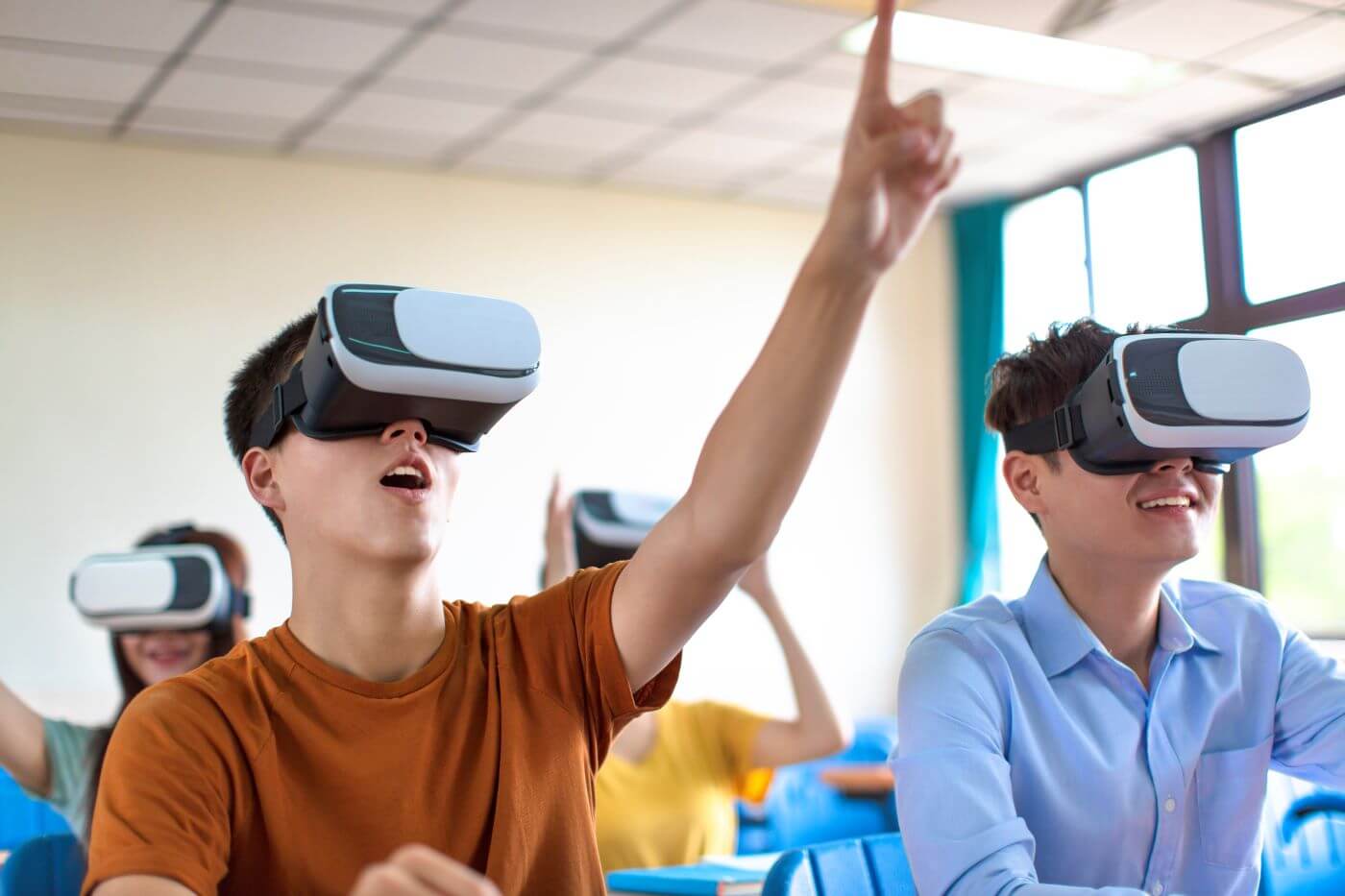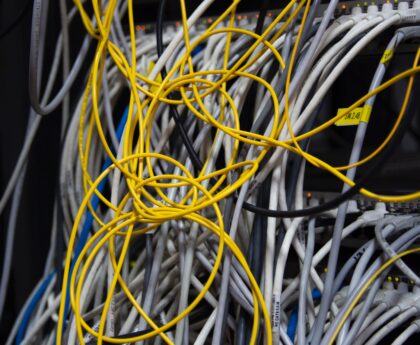What if students are able to create something that they can only imagine?
It will be so interesting. But is it possible with a traditional STEM learning approach? The answer is a NO!
However, it can happen with VR. VR technology allows students to explore STEM concepts through real-world examples and applications, which is essential for maintaining technological literacy throughout their education and future careers in the rapidly changing world of technology.
In this blog, we will delve into the educational benefits of Virtual Reality Labs for STEM learning, along with exploring how this immersive technology is shaping the future of education. So, let’s begin:
Experiential Learning
“How boring! I want to go home!”
This is what students say when they have to study with the traditional approach in the four walls of the classroom where have to rely on textbooks and long lectures. Yes, this approach has a bunch of benefits but they often leave students to demand a more tangible and better hands-on experience.
And, Virtual reality promises the same.
Virtual Reality Labs are designed in such a way that it becomes immersive and interactive for students. VR labs allow students to enter into a new world of education where they can actively participate in the learning process. Yes, no more passive nature of lectures nor the static information found in textbooks.
Now, with VR, students do not just memorize information or facts, they live and breathe them. Let’s take a look at physics students in VR who can put their theory into practice through simulating experiments.
In the virtual classroom, they can manipulate variables, observe outcomes, and learn about the abstract concepts of gravity, motion, and force.
Doesn’t it sound like an exhilarating adventure?
Well, it does!
But it is happening with VR. It offers students with hands-on experiences that spark excitement and a punch of curiosity among students. This ensures that the lessons learned are far more likely to be retained and understood.
Bridging the Gap Between Theory and Practice
Remember the time when you had to learn about those complex and abstract science concepts?
Horrifying! Wasn’t that?
It was so difficult to understand that we usually skipped that topic and moved on to the other concept. And, this is what almost everyone does today because we are stuck with the traditional learning approach that makes it difficult for the learner to grasp abstract concepts and apply them to solve real-world problems.
However, these two aspects are brought together by the integration of virtual reality lab for schools and higher education.
No matter you are an engineering student who wants to build and test different prototypes or a biology student who wishes to explore different ecosystems in the three-dimensional world, VR labs are there for you.
VR for engineering fosters a deeper understanding of the subject matter, thus, making learning easier for students and connecting their theoretical knowledge with practical and real-world applications.
Enhanced Engagement and Motivation
Ever wondered why the traditional education approach fails when it comes to keeping students engaged?
Well, it is because of a lack of immersiveness. It usually involves a four-walled classroom setup where students have to sit in rows of desks and teachers explain the subject matter on board.
We need to accept that this is boring!
So, what is the solution?
Simple! It is Virtual reality. VR for higher education offers an immersive experience to students via realistic simulations and gamified learning experiences that capture the attention of the students in no time. It ignites the imagination, excitement, and a sense of curiosity among students.
They can explore the virtual world and solve problems there which will boost their motivation and enhance their ability for retention of information.
This means with VR, learning is not a task, instead, it is an adventure.
Customization and Adaptation
Well, well, well! It is true to say that no two students are the same. Instead, every student is unique as they possess different learning styles and paces.
Unfortunately, the traditional education approaches do not look at the individual needs of the students. However, virtual reality does. VR solutions can be customized to cater to the diverse needs of the students. Educators can use VR to create tailored experiences that align with the abilities and preferences of each student.
So, whether it is about adjusting difficulty levels, providing additional explanations, or offering instant feedback, VR Labs can adapt to individual learners, presenting a more personalized educational journey to them.
Safe and Cost-Effective Experimentation
How can we forget about the safety concerns that come with the traditional setup, especially while performing experiments?
In traditional science labs, some experiments may be hazardous, expensive, or logistically difficult to perform not only for students but also for educators. And, VR is the perfect solution for this concern.
By wearing the VR headset, students can be transported into the virtual reality classrooms where they are surrounded by all the necessary equipment that may not be available in a physical lab setup. For example, chemistry students can practice dangerous reactions without any risk, and astronomy students can explore distant galaxies without needing access to powerful telescopes.
Such an effective approach to experimentation expands the horizons of what is possible within the constraints of a traditional classroom.
Conclusion
To conclude, VR labs are changing the STEM education landscape with the benefits that traditional methods struggle to match. By offering an immersive platform that provides experiential learning, bridges the gap between theory and practice, ensures safety, enhances engagement and motivation, and offers customization and adaptation to promote accessibility and inclusivity, VR labs empower students to learn, grow, and excel in STEM education.
Also, this not only benefits students but also contributes to a brighter, more innovative future for STEM and its pioneers. It will be exciting to look into the future of STEM education that VR promises.
Read More:- Balancing Academics and Extracurriculars: 7 Tips for Students




